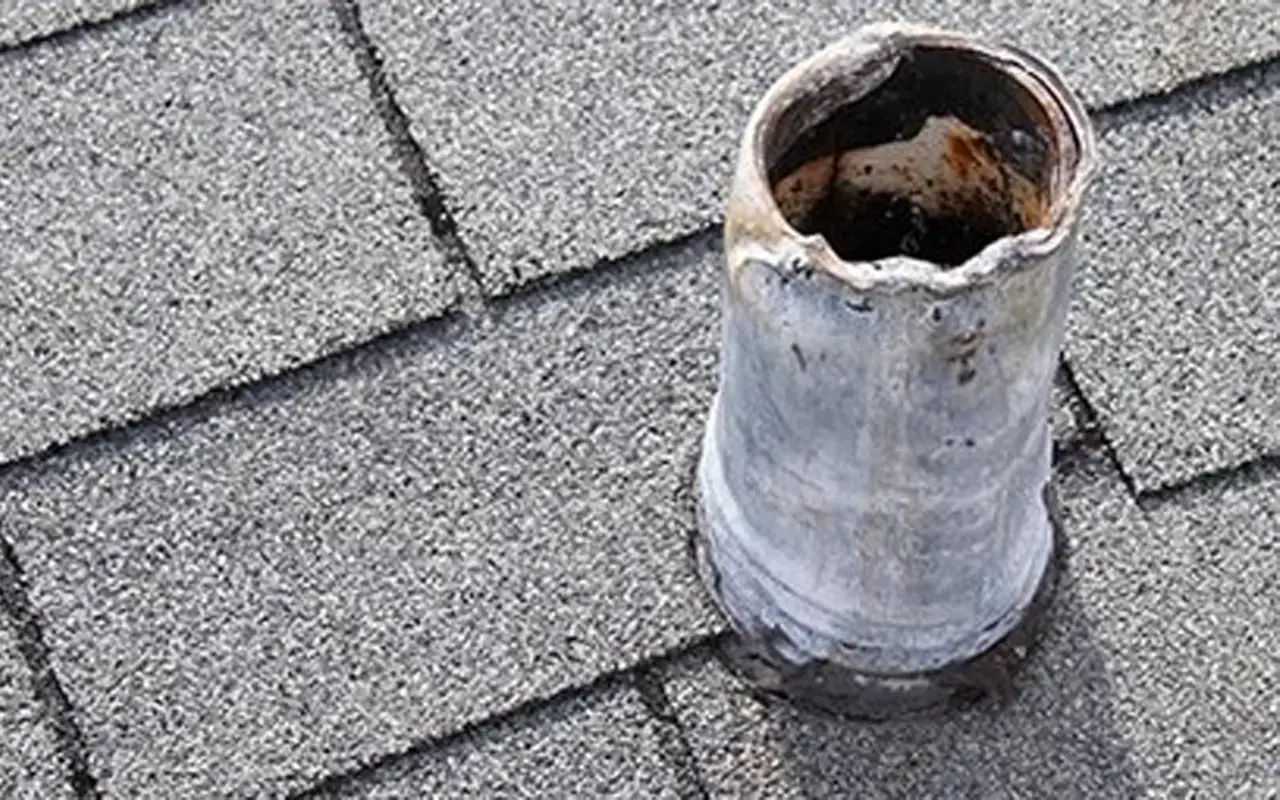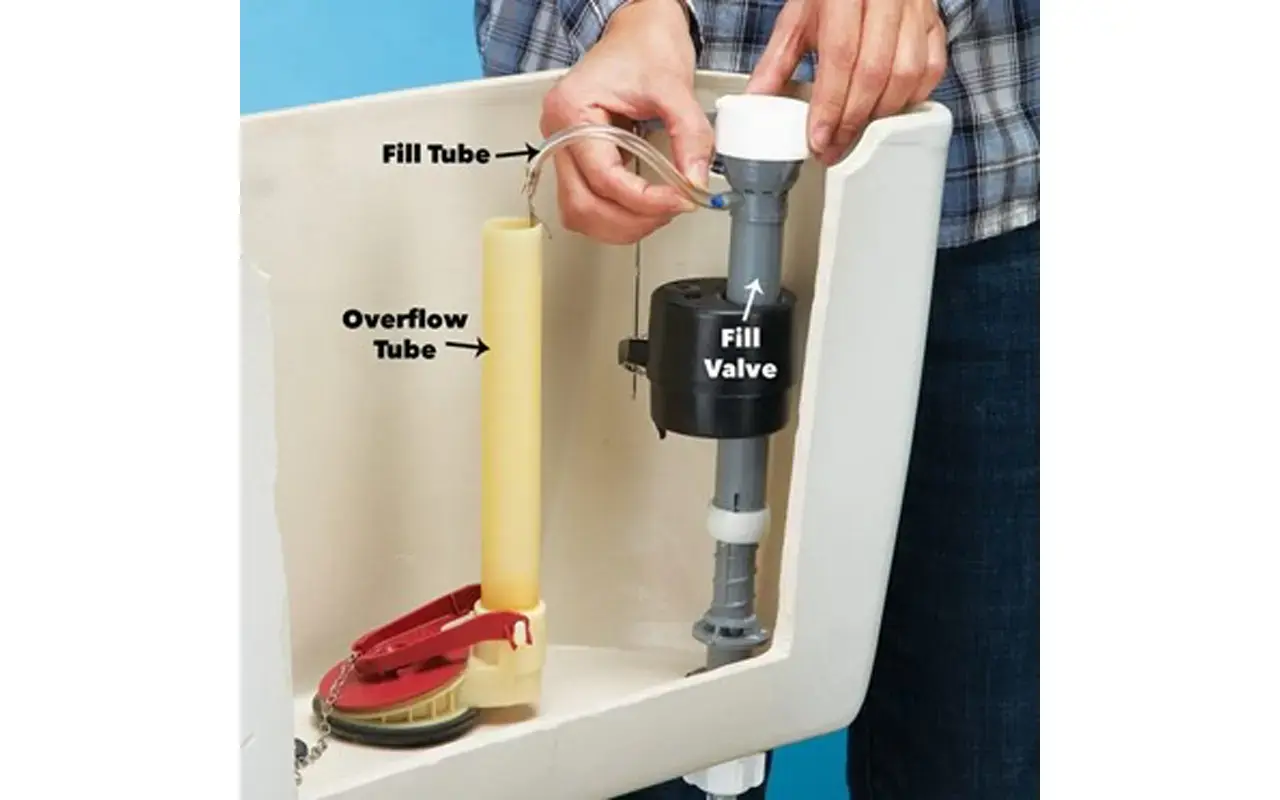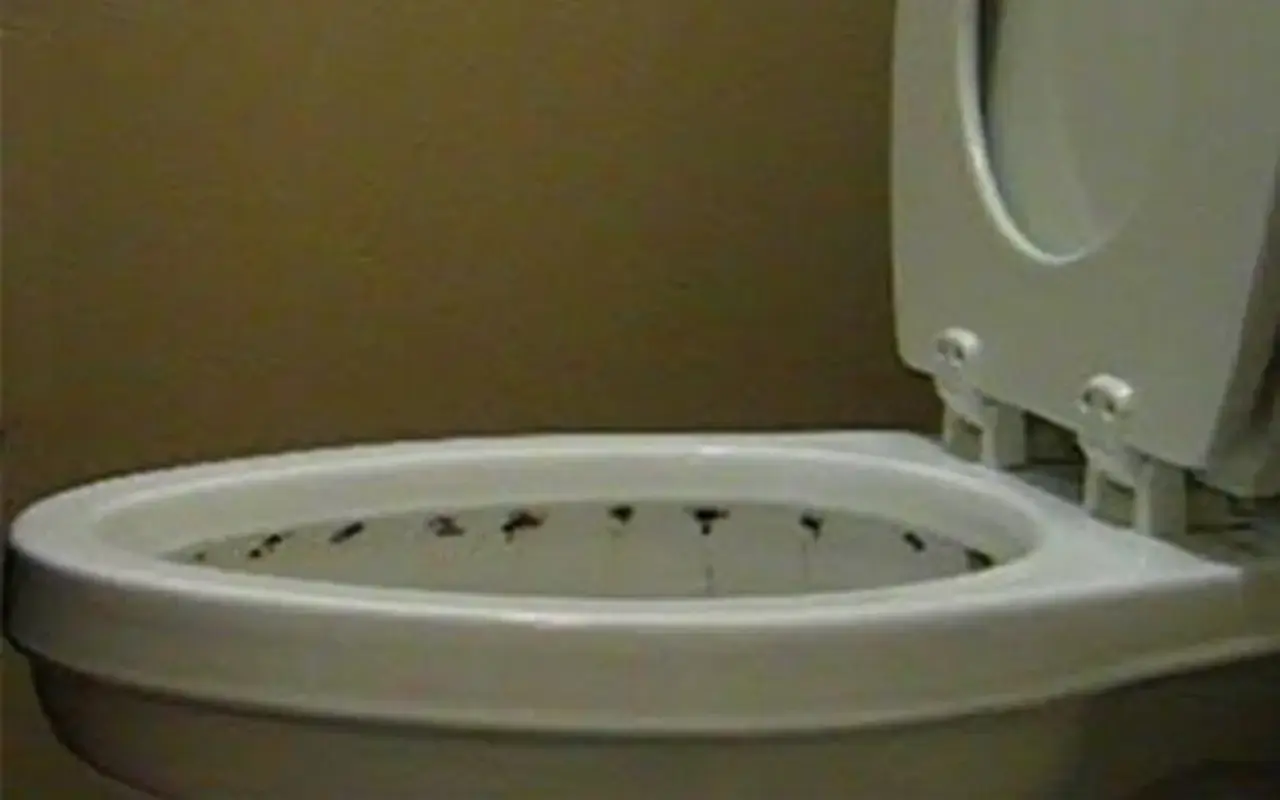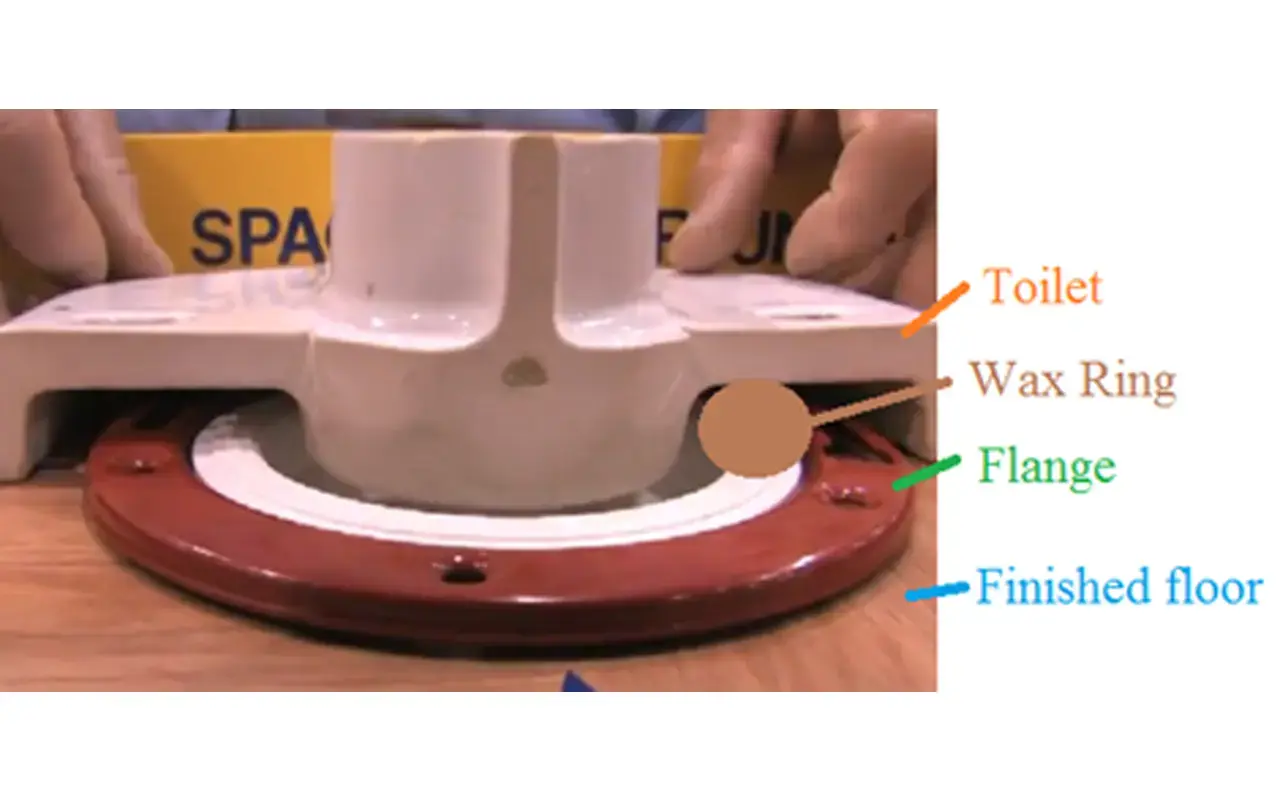Why Does My Toilet Smell? How to Get Rid of a Smelly Toilet
Toilets aren’t the most glamorous of household objects - that’s a given. But when toilets have a constant, lingering bad smell, there could be more problems than meet the eye - and the nose (unfortunately!). Luckily, there are common causes of a smelly toilet that are easy to fix. In this blog, we’ll talk you through how to get rid of toilet odor, and fast.
Is it bad if your toilet smells like a sewer?
Sewer smells coming from the toilet aren’t just unpleasant, they can be dangerous if they aren’t dealt with correctly. Hydrogen sulfide gas with its characteristic rotten egg smell is present in sewer pipes and is produced by bacteria as a waste-product.
Not only does hydrogen sulfide gas smell terrible, but it is toxic in large quantities. Extended exposure to sewer gas can cause symptoms including dizziness, headaches, nausea, and shortness of breath. In more severe instances, it can lead to heart palpitations and even fatality. The gas is also highly flammable and can lead to explosions.
Therefore, it’s wise to fix a smelly toilet as soon as possible, and to be careful when doing so. Wear a mask to protect yourself when working on your plumbing system. If you don’t feel comfortable dealing with the problem first-hand, call for professional assistance.
Why is there a foul smell coming from my toilet?
It can be tricky to pinpoint why your toilet stinks and where the odor is coming from. However, in this next section, we’ll talk through some of the possible sources and remedies for smelly toilets. Keep reading to learn how to address a stinky toilet.
Poor ventilation
If your toilet smells even after cleaning and functions well, poor ventilation could be the problem. When the sewer vent on the roof is blocked, damaged, or improperly installed, sewer gases can escape and build up in your bathroom.
Fixing the sewer vent requires an adventure onto your roof. Your vent is usually located above the main bathroom, so that’s a good place to start looking for it.

Once you’ve found the vent, check for clogs. If it’s backed up with leaves, twigs, or other debris, unblock the vent. You can use a stick or other tool such as an auger to scrape out any accumulated debris or clog. If the blockage is far down the vent or is stubborn, you can even blast it with a garden hose.
If your vent doesn’t appear clogged but you suspect there’s another issue with it, it’s best to call a plumber.
Clogs
A clogged toilet drain can also be the culprit behind unpleasant toilet smells. This causes the toilet to drain and refill slowly and leads to a lower water level in the toilet tank. A slow-filling toilet tank can allow sewer gases to seep back into the bathroom.
You can try using homemade remedies to unblock a toilet, such as hot water and dish soap, or you can try using a plunger or toilet snake. Drano® Max Gel Clog Remover also works really well on toilet clogs, even when you have a slow-draining toilet with standing water.
Psst - for in-depth advice on how to clear a clog, check out our How to Unclog a Toilet guide!
Bacteria buildup
Your toilet may look clean, but bacteria and other microorganisms can grow inside the toilet tank feeder pipes, especially in the summer when the temperature is warmer. These microorganisms can cause a lingering pungent smell coming from the toilet.
Luckily, this is an easy fix. You’ll need to remove the toilet tank lid and add a cup of bleach into the overflow tube.

Wait a few minutes, then flush the toilet. The bleach and water combo will end up in the toilet bowl, disinfecting the toilet tank and bowl in the process. Let the solution sit for a few hours before using or flushing the toilet. It may be best to do this at night before you go to bed so there’s no interruption.
Mold mayhem
If your toilet smells musty or mildewy rather than like rotten eggs, you may have mold growing in the toilet. Mold thrives quickly in dark, damp conditions and the underside of a toilet bowl rim provides just that!

To get rid of mold in your toilet, first get your hands on a protective mask and rubber gloves. Clean the rim with white vinegar or bleach. (Do not use vinegar and bleach together as they can form a dangerous, toxic substance). Scrub the underside of the rim with an old toothbrush or a toilet brush, cleaning away the mold and debris. Clean the underside of the seat as well to really banish the grime.
Faulty flange
The flange or wax ring around the base of the toilet is there to create an airtight seal between the toilet and the sewer pipe. When there’s a gap, not only can bad smells leak out, but wastewater can seep through and create a breeding ground for bacteria and cause more unpleasant odors.

To fix this, use cleaning products to wash bacteria from the base of the toilet and any crevices, then apply a sealing agent such as caulk to create an airtight seal.
Broken or unused toilet
Sometimes it’s the toilet bowl itself that’s the root cause of a stinky toilet. If there’s a crack in the toilet bowl, water leaks out which leads to a lower level of water in the toilet. Less water means the watertight seal between the sewer pipe and toilet bowl is compromised, allowing sewer gases to escape. This can also be the case with an unused toilet - infrequent flushing may lead to a dry pipe which is an open invitation for bad smells to seep out.
Fortunately, an unused toilet has a straightforward solution: flushing it. You may need to flush it several times before the smell improves. A cracked toilet bowl, on the other hand, is not so easy to fix. You can use a sealant on the crack as a temporary solution, but ultimately you will need to replace the toilet.
There are a number of possible causes of a smelly toilet and several easy fixes - some which require more effort than others. However, if the smell in your toilet persists after trying these methods, or if you’re not confident to attempt them yourself, it’s best to seek professional help.
Stop bad toilet smells
Here are tips to help keep your toilet smelling fresh all year round:
- Clean your toilet regularly with bleach - paying particular attention to the problem areas of the overflow pipe in the toilet tank and the rim.
- Prevent clogs from forming: Take care not to flush wipes, cotton pads, feminine products, or other heavy matter down the toilet, and protect drains from blockages with Drano® Max Build Up Remover.
- Periodically check the ventilation system to make sure it’s clear and clog-free.
- Flush unused toilets once a week to keep the pipe full.
- Arrange annual maintenance checks with a plumber to spot potential problems before your toilet starts to smell.
With these tips you can finally banish that bad-smelling toilet! Need more advice on how to care for your household drains? Visit our Clog Basics blog for expert knowledge on beating common blockage.
Related

5 Ways to Prevent Hair from Clogging Shower Drains
Let’s face it. Your hair can cause some pretty hairy problems (see what we did there?). So what can you do to stop shower clogs in the first place? Well, rather than deciding that bald is your new “look,” here are 5 great ways to prevent hairballs from being your downfall.

How to Unclog Your Kitchen Sink in 3 Steps
A kitchen sink clog can be a nightmare, especially when we use our kitchen sinks so often. But don’t worry, those dirty dishes won’t be piling up for too long. We’ve got some great tips and tricks on how to fix a clogged kitchen sink– so stay tuned!


